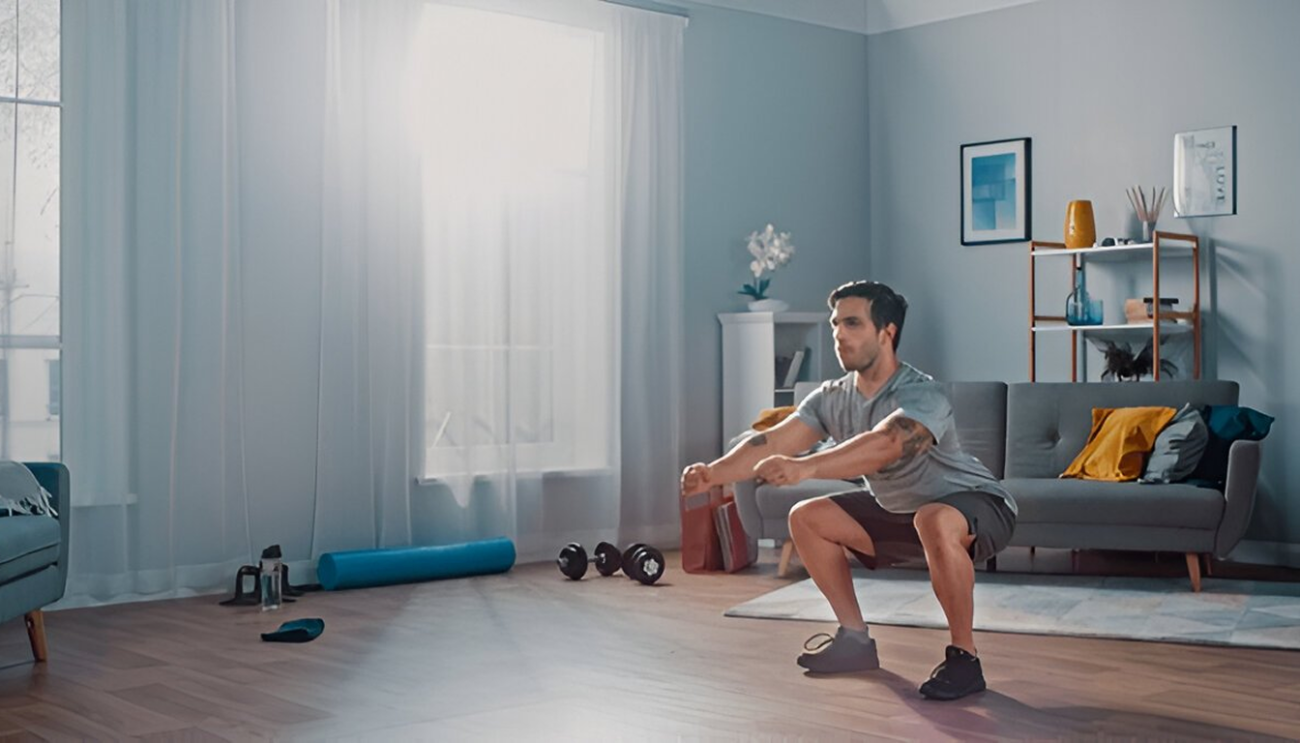Beginner’s Guide to Starting a Workout Routine
Begin your fitness journey with our stepbystep guide. Learn how to set realistic goals, choose beginner exercises, and create a simple workout schedule. Introduction Embarking on a fitness journey can be both exciting and overwhelming, especially

Begin your fitness journey with our stepbystep guide. Learn how to set realistic goals, choose beginner exercises, and create a simple workout schedule.
Introduction
Embarking on a fitness journey can be both exciting and overwhelming, especially for beginners. With so much information available, it’s easy to feel unsure of where to start. This guide provides a stepbystep approach to help you set realistic fitness goals, choose the right exercises, and create a workout routine that works for you.
Step 1: Set Realistic Fitness Goals
Setting clear and achievable goals is the first step in creating a successful workout routine. Goals give you direction, keep you motivated, and provide a benchmark to measure your progress.
Start Small: Begin with simple, attainable goals like walking 10 minutes a day, three times a week. As you progress, gradually increase the duration and intensity of your workouts.
Be Specific: Instead of vague goals like “get fit,” define what fitness means to you. For example, aim to lose 5 pounds in two months or complete a 5K run.
Set SMART Goals: Ensure your goals are Specific, Measurable, Achievable, Relevant, and Timebound. This approach helps you stay focused and on track.
Step 2: Choose the Right Exercises
Choosing exercises that match your fitness level and interests can make your workouts enjoyable and sustainable. For beginners, focus on a balanced mix of cardio, strength training, and flexibility exercises.
Cardio: Activities like walking, jogging, cycling, and swimming improve heart health and burn calories. Start with 2030 minutes of moderate cardio, three times a week.
Strength Training: Incorporate basic bodyweight exercises like squats, pushups, and lunges to build muscle and boost metabolism. Begin with 12 sets of 1012 repetitions.
Flexibility and Mobility: Stretching and mobility exercises enhance flexibility and reduce the risk of injury. Include dynamic stretches like leg swings before your workout and static stretches afterward.
Step 3: Create a Simple Workout Schedule
Planning your workouts in advance helps you stay committed and consistent. Here’s a basic schedule to get you started:
Monday: 20minute brisk walk + 10 minutes of stretching
Wednesday: 15 minutes of bodyweight exercises (e.g., squats, lunges, pushups) + 5 minutes of stretching
Friday: 20minute jog or cycling + 10 minutes of light strength training
Sunday: 30minute light yoga session
Step 4: WarmUp and Cool Down
Never skip your warmup or cooldown. Warming up prepares your body for exercise by increasing blood flow to your muscles, while cooling down helps your heart rate return to normal and reduces muscle stiffness.
WarmUp: Start with 510 minutes of light cardio (like marching in place or light jogging) and dynamic stretches.
Cool Down: After your workout, spend 510 minutes stretching major muscle groups, holding each stretch for 1530 seconds.
Step 5: Listen to Your Body
It’s important to pay attention to your body’s signals. If something doesn’t feel right, modify or skip that exercise. Rest days are just as crucial as workout days, allowing your muscles to recover and grow.
Conclusion
Starting a workout routine is a rewarding process that sets the foundation for a healthier lifestyle. By setting realistic goals, choosing the right exercises, and sticking to a simple schedule, you can build a routine that suits your needs and keeps you motivated. Remember, the key is consistency—every step counts on your journey to fitness.



